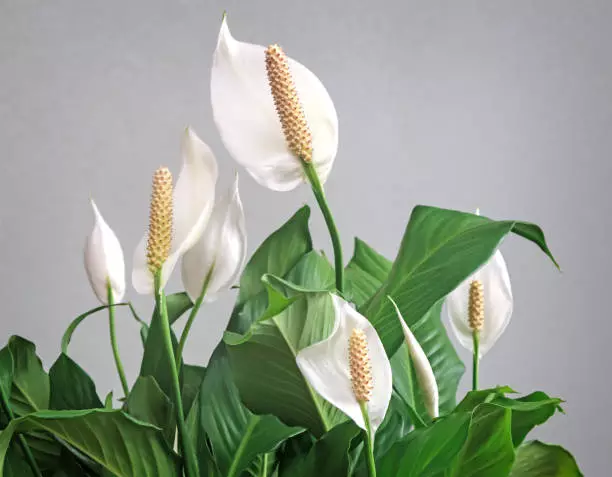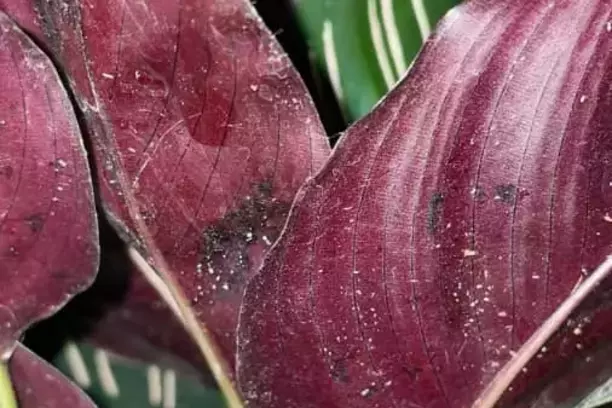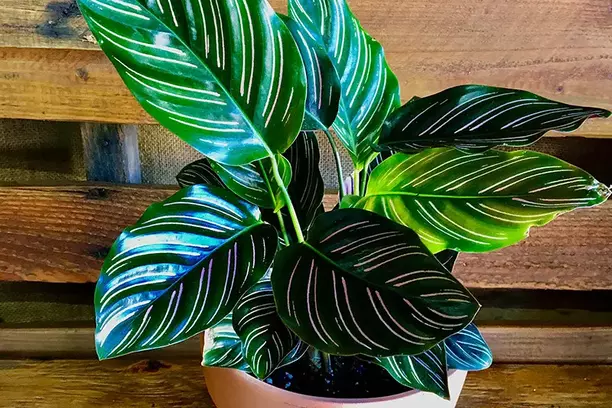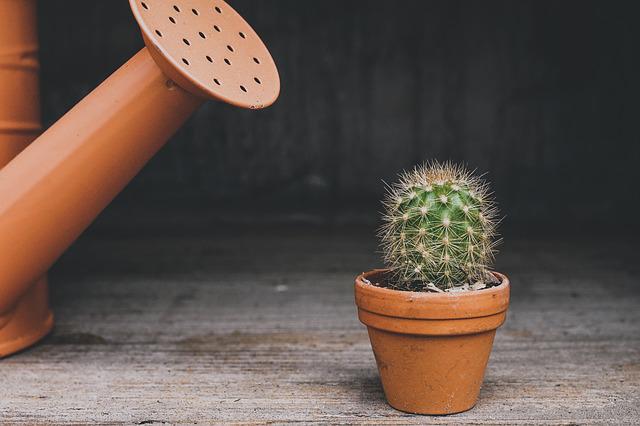Quick Summary – Peat moss is a kind of sphagnum moss that differs from sphagnum moss due to its characteristic of containing decayed materials. Although both belong to the same plant family group, they still contain similarities and differences which would be categorized in terms of their properties and uses.
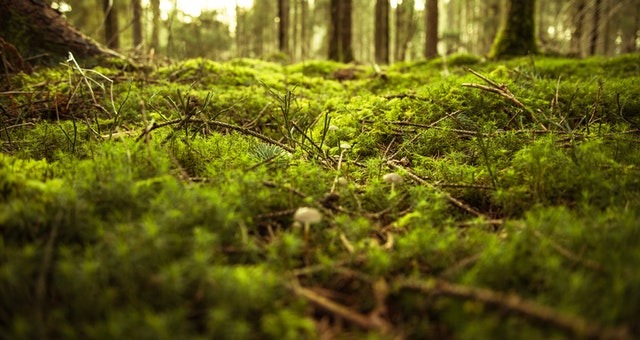
Is sphagnum moss and peat moss different? The short answer is yes but not quite! Peat moss is a kind of sphagnum moss. Its full name is sphagnum peat moss!
Peat moss belongs to the family of sphagnum mosses. Like any family, they do have differences and similarities that will be tackled in this article.
Let’s dive in and discuss this happy mossy family!
Before going into the specifics of why sphagnum moss and peat moss are similar but not quite, let’s try describing what these mosses are in the first place.
Sphagnum moss
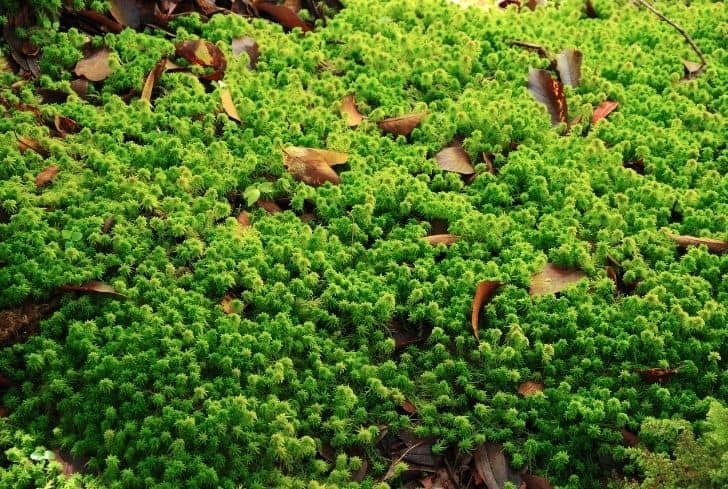
This still-living moss is part of a large family of mosses with around 380 members. It is usually found in wet and moist areas that include wetlands, swamps, bogs, and damp surfaces on the soil. These plants thrive in wet climates, especially in the Northern Hemisphere. They are dried after being harvested to create the final product – a pure chunk of sphagnum moss, without the combination of any other material.
Sphagnum moss uses
There are (4) four main ways to use sphagnum moss:
1. Commonly used as a seed-starter medium
These mosses are perfect for moisture-loving plants, like orchids, begonias, and alocasia, since they’re great at retaining moisture, holding up to (20) twenty times their weight in water. Additionally, they provide airflow that prevents the roots from rotting. Though, plentiful watering and fertilizer may be necessary for these plants with these mosses since they, alone, cannot hold many nutrients. They are best used with other soils for a healthier and happier plant.
2. Specialty and decorative purposes
Sphagnum mosses are preferable for decoration purposes when compared to peat mosses, due to their higher cost and less diverse organic materials. They hit two birds with one stone, offering a decorative, yet functional addition to your potted plants or terrariums.
3. Fire-starting and insulation material
Dried mosses can light a fire well. These mosses were even used as insulation in cold areas, especially in Arctic Regions.
4. Dressing for wounds
Due to their acidic property, it fights against the growth of bacteria, making them a great alternative for dressing wounds.
Properties of sphagnum moss
Sphagnum mosses have a neutral pH level making them usable as soil materials for non-acidic plants. Its delicate system of capillary tubes makes them light and holds moisture very well, allowing plant roots to be not overly soggy resulting in a happy and healthy plant root.
Alternatives of sphagnum moss
Two alternatives can be used for these mosses, especially when propagating houseplants namely:
- LECA or lightweight expanded clay aggregate which are little balls of clay used for soil.
- Pumice is lightweight volcanic glass made up of tiny air bubbles perfect for soil amendment.
Similar to when using sphagnum moss, it’s best when these alternatives are used with other soil propagation materials to ensure a healthy plot of land for your little plant.
Now that we’ve briefly discussed the Sphagnum Moss, let’s move on to its close family member, Mr/Ms. Peat Moss.
Peat moss
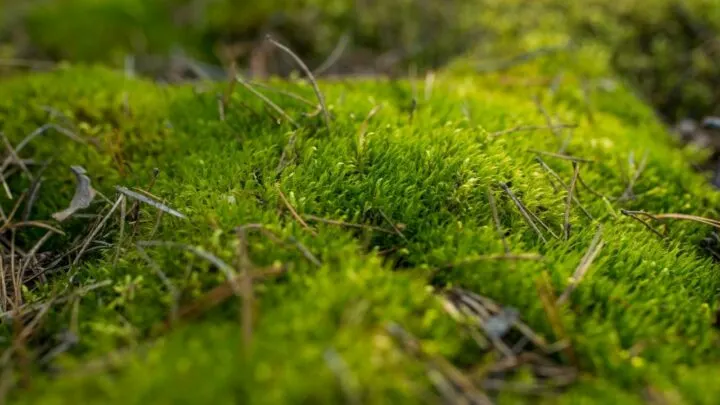
Its full name is sphagnum peat moss and it varies with the sphagnum moss in terms of how it was harvested, its properties, and its uses.
This moss is collected by harvesting dead moss debris portion located at the bottom of mosses in wet and moist areas that include wetlands, swamps, bogs, and damp surfaces on the soil. Its differentiating feature is its mixtures of decayed plants, insect materials, and other foreign organisms which make it incredibly rich in nutrients. It is not purely made out of sphagnum moss. It is not a renewable source either since gathering this moss is slow.
Similar to sphagnum mosses, they are dried after being harvested to be used in gardening soils.
Peat moss uses
The best use for this moss is for general soil amendment.
This is because this moss is cheaper than sphagnum moss and has a wide range of decayed materials that translates to more nutrients for the plant. As previously mentioned, it’s perfect for acid-loving plants which include blueberries, magnolias, camellias, and daffodils. When used with other soil components, it would make for a healthy living space for your happy house plant.
Properties of peat moss
Unlike sphagnum mosses, they have a very acidic pH level, making them perfect for acidic-loving plants. Surprisingly enough, they are also less expensive than sphagnum mosses since although the collection process is sluggish, they are an abundant resource.
Despite it containing decayed materials, this resource is free of harmful microorganisms such as weeds or pollutants. These mosses also last long since the moss is anaerobic meaning that the decomposition process is very slow.
Similar to sphagnum mosses, it holds several times its weight in moisture, making it a good propagation medium for plants. It is even a better material of soil than sphagnum moss due to the presence of the decayed materials which contributes to extremely rich nutrient content.
Alternatives of peat moss
Two alternatives can be for these mosses, especially when propagating houseplants namely:
- Compost. Similar to peat moss, it has a high water-holding capacity and is made up of decayed materials.
- Coco Fiber. The outer shavings of coconut provide better aeration and are pH neutral.
The full potential of the moss and these alternatives will only be unlocked when in harmony with other soil materials.
Similarities and differences between the two
| Similarities | Differences |
|---|---|
| Located in wet and moist areas | Peat moss contains decayed materials |
| Are dried after being harvested for the use in soil propagation | Sphagnum moss is ideal for specialty purposes |
| Can be used for decorative and seed nurturing needs | Peat moss is ideal for seed propagation purposes |
| Can hold a great amount of water | Peat moss has a high acidic pH level while sphagnum moss has a neutral acidic pH level |
| Acidic in nature | – |
| Nonrenewable sources | – |
Conclusion
After knowing the similarities and differences between these two mosses, it’s up to you to decide which of the two is more suitable for your future projects! Always remember to keep your plants and mosses healthy so that they can live a happy lil mossy life!
